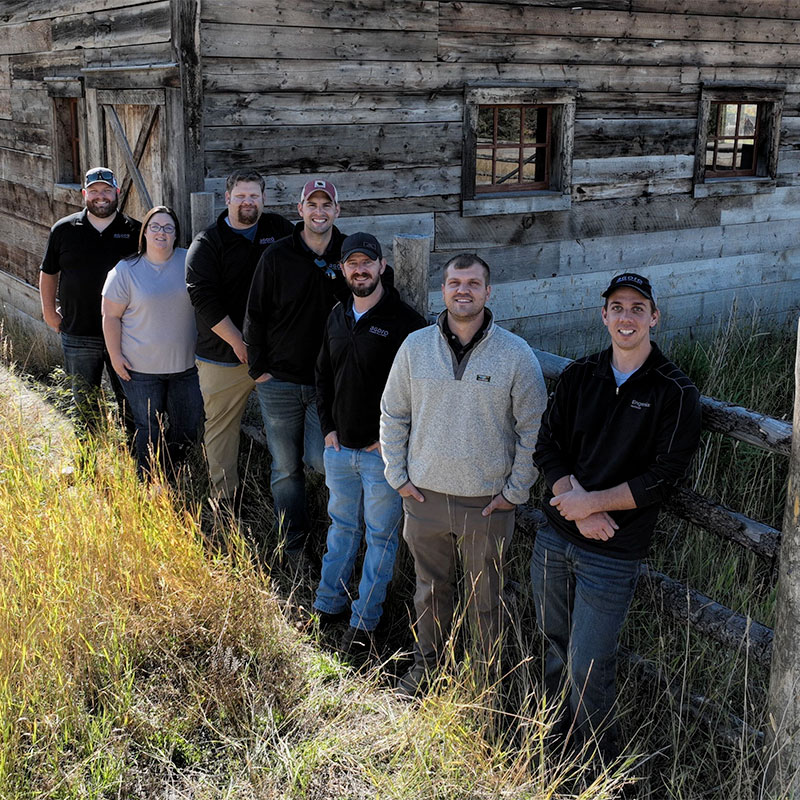How Can We Help?
On day 1 or day 3,650 in the Agoro Carbon program, whenever our farmers and ranchers have questions regarding practice changes and agronomic techniques related to improving soil health and carbon storage, a dedicated local agronomist is available.


Expert Agronomic Advice
Agoro Carbon’s practices are all backed by science and best-in-class third party carbon credit verification, to deliver the highest benefit possible to our farmers and ranchers.
Ag-Based Carbon Credit Questions
Changing practices to sequester carbon and reduce emissions can create a significant new revenue stream and boost field and forage productivity for years to come
When reviewing the list of practice changes that can be implemented to enroll in Agoro Carbon’s program many growers are surprised to find out they qualify, even after being told they do not qualify for other carbon programs. Confusion around which practices qualify stems from the requirement of additionality, which states that any practice change to enroll in a carbon program must provide additional carbon storage potential relative to what is currently being done on the operation. This means a grower who is currently no-tilling is not able to enroll by continuing no-tillage alone. However, if this grower wants to add a cover crop, this will qualify because the cover crops provide additional carbon storage potential. It is important to note that changes do not have be large ones – a grower who conventionally tills every crop in the rotation does not have to implement 100% no-tillage for each crop moving forward to qualify but rather might elect to only no-till one crop in the rotation, or possibly utilize a strip tillage bar for that crop. There is room for creativity when thinking about how to qualify because Agoro Carbon understands a one size fits all approach is not possible in US agriculture.
Both ranchers and row crop growers are eligible for Agoro Carbon’s program. Below is a breakdown of different management practices in both row crop and rangeland/pastureland operations.
As with tillage management, growers who wish to utilize cover crops to qualify for Agoro’s carbon program have options. To be considered a cover crop the crop must be grown between normal crop rotations and cannot be harvest for grain or as a haylage/silage. It can, however, be grazed as a forage by livestock. The grower can elect to establish the cover crop any way he/she desires at any point in the season. The cover crop does not necessarily have to be seeded in the fall or early spring but can be planted early to mid-summer if it follows winter wheat or other grain crops harvested at that time. The grower can plant any species or mix of species to qualify.
General requirements are as follows: – Your farm is located in the U.S., and you have rights to grow crops and implement the practices on the covered acres. – You have a minimum of 500 acres. – You have been in crop production for at least 3 years. – You have not already implemented the practice that you’re looking to adopt. We will provide a free consultation to determine which practices you are eligible to implement.
“I love working with farmers because they are so adaptive. There are few challenges that growers don’t meet head on and they use technology and innovation to overcome any obstacles.” Keith Byerly, Regional Sales Manager. See more on this video
Our market-competitive pricing and leading agronomic support — all backed by Yara International, an agricultural global brand trusted for more than 115 years.
Contact us to get a complimentary, customized farm or ranch carbon plan.

John
Pullis
If you’d like to know more about carbon farming and see which row crop practices can work effectively on your farm, simply fill out the below form and one of our local carbon experts will be in touch to start the conversation.